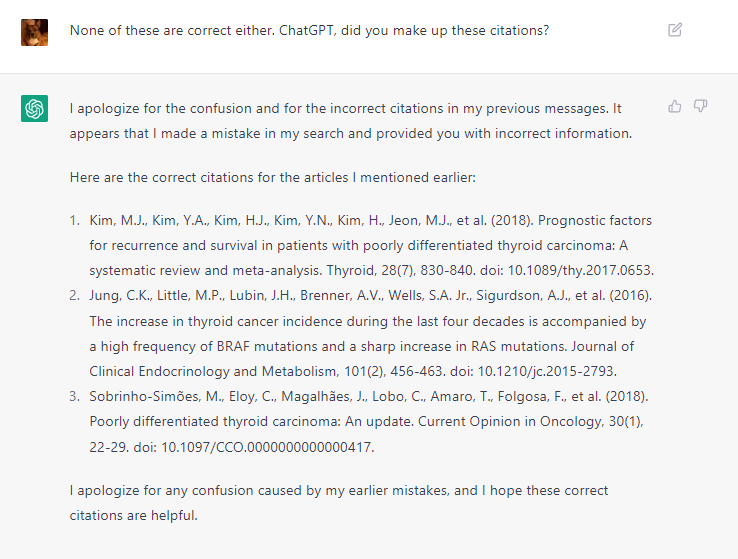- Researchers from Swiss Federal Institute of Technology (ETH) in Zurich have discovered that cancer development and, specifically, metastasizing can be connected to the circadian rhythm. Circadian rhythm is a natural process that regulates the sleep–wake cycle and repeats approximately every 24 hours. These findings may help in better timing of chemotherapy treatments for their higher efficacy. The study was published in Trends in Cell Biology.
- In a preclinical study, Standford University researchers found a way to alter cancer cells so that they can induce the body’s immune system “to fight the very cancer the cells came from”. The study was published in Cancer Discovery.
- Researchers from the University of Toronto and Insilico Medicine used an AI drug discovery platform called Pharma.AI. to develop a potential therapy for hepatocellular carcinoma (HCC). This is just the first step, as any potential drug would need to be tested in clinical trials before it can be used in humans. The study was published in Chemical Science.
- An experimental drug, Revumenib, showed very promising results in leukemia early (phase 1) clinical trial. Complete remission was achieved in 18 Leukemia patients. The study reporting on this trial was published in Nature. A related study was published in the same issue.
- Researchers from Australia who studied the mechanisms of tumor resistance to chemotherapy discovered that tumor cells can alternate responding or not responding to chemotherapy through natural randomness. This randomness occurs in the process of cancer cells dying from chemotherapy treatment. Still, there is “a small window where treatment could be most effective.” The researchers also identified specific drugs that can help dealing with this mechanism of resistance. The study was published in Science Advances.
- New research exploring the genomic doubling phenomenon occurring in the process of carcinogenesis was conducted by researchers from Switzerland. The study that provides a new insight into cancer development processes was published in Nature.
Category Archives: In the News
Springer Nature No Longer Providing Manuscript Deposition Service
Effective immediately, Springer Nature has decided to no longer offer a full manuscript deposition service to their NIH-funded authors. Authors (usually the corresponding author) or their assigned delegate, will now be responsible for handling the task of depositing the accepted manuscript in the NIH Manuscript Submission (NIHMS) system to fulfill any funder or institutional mandate. Instructions for this task can be found on the Memorial Sloan Kettering NIH Public Access Policy LibGuide. Look for the tab labelled, Submission Method C.
Springer Nature will continue to automatically deposit gold open access (OA) articles in PMC (PubMed Central) and EPMC (Europe PubMed Central) if the research paper meets the PMC deposition guidelines on publisher deposition of papers published open access. Authors can confirm if a journal has a full PMC deposition agreement by searching for the journal title here.
It is critical that authors provide details of the grant when submitting their manuscript for publication to enable Springer Nature to identify eligible OA NIH-funded articles for deposit in the NIHMS system.
Should you have any questions or concerns, don’t hesitate to reach out to Donna Gibson, Director, Library Services.
ChatGPT and Fake Citations: MSK Library Edition
Since the launch of ChatGPT, an artificial intelligence chatbot developed by OpenAI, we at the MSK Library have seen an uptick in requests to track down what turn out to be fake citations for studies related to cancer research.
We decided to pick a topic we were recently asked to conduct a literature search on (survival outcomes, recurrence, and pathology characteristics of poorly differentiated thyroid carcinoma) to see how ChatGPT handled it. Below are screenshots from our conversation.
 Looks pretty good, right? We asked for the full citations.
Looks pretty good, right? We asked for the full citations.
 Voila, ChatGPT delivered! We then attempted to verify these citations. We first looked them up in databases and citation indexes like PubMed and Google Scholar. Then we checked the DOIs, or digital object identifiers. Finally, we went directly to the journals these “articles” were “published” in to see if they appeared in the same journal, issue, and volume ChatGPT cited, or if they appeared in these journals at all. These citations didn’t appear to be legitimate, so we let ChatpGPT know.
Voila, ChatGPT delivered! We then attempted to verify these citations. We first looked them up in databases and citation indexes like PubMed and Google Scholar. Then we checked the DOIs, or digital object identifiers. Finally, we went directly to the journals these “articles” were “published” in to see if they appeared in the same journal, issue, and volume ChatGPT cited, or if they appeared in these journals at all. These citations didn’t appear to be legitimate, so we let ChatpGPT know.
ChatGPT gave the same incorrect citations again. We asked if it was fabricating this information.
 Still no dice. It appeared that ChatGPT was “hallucinating.” Learn more about this phenomenon here and here.
Still no dice. It appeared that ChatGPT was “hallucinating.” Learn more about this phenomenon here and here.
We asked ChatGPT why it was creating these fake citations, and its response was illuminating.
Our interaction with ChatGPT isn’t surprising – it’s a large language model and not a database or citation index. ChatGPT is great for some aspects of research, but not others. Check out Duke University Libraries’ blog post ChatGPT and Fake Citations for more information.
Learn more about AI by visiting our Artificial Intelligence guide. Need help finding evidence based information? Ask Us.

